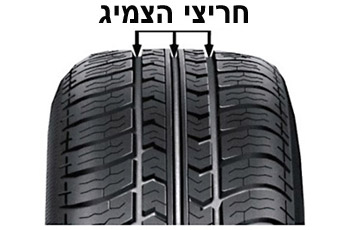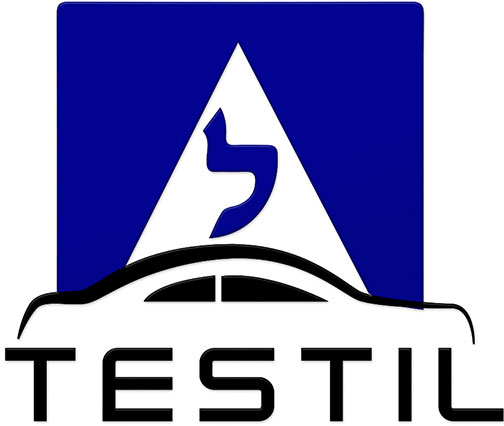Question:1
You may reduce your vehicle’s fuel consumption by:
Category : Know Your Vehicle
Question:2
Is it permitted to change the size of tires on a vehicle?
Category : Know Your Vehicle
Question:3
Which type of bulb would you use when required to change a bulb in the vehicle?
Category : Know Your Vehicle
Question:4
During the vehicle’s annual test, the licensing facility shall register:
Category : Know Your Vehicle
Question:5
“Keeping a safe distance from the vehicle in front affects fuel consumption and vehicle wear and tear”. Correct or incorrect?
Category : Know Your Vehicle
Question:6
How would you shift to a lower gear while driving uphill in an automatic transmission vehicle, without moving the gear handle?
Category : Know Your Vehicle
Question:7
What might happen as a result of brake over- heating?
Category : Know Your Vehicle
Question:8
The correct vehicle tire size is:
Category : Know Your Vehicle
Question:9
How can we reduce air pollution caused by the vehicle’s gas emissions?
Category : Know Your Vehicle
Question:10
Does the vehicle’s engine have an effect on safe driving?
Category : Know Your Vehicle
Question:11
Who is permitted to repair vehicle safety part failures?
Category : Know Your Vehicle
Question:12
When is it required to exchange the vehicle’s fire extinguisher?
Category : Know Your Vehicle
Question:13
What is an Electronic Stability Program (ESP) System?
Category : Know Your Vehicle
Question:14
What safety measures should be taken before lifting the vehicle with a jack stand?
Category : Know Your Vehicle
Question:15
What is considered as a proper vehicle maintenance frequency?
Category : Know Your Vehicle
Question:16
By driving correctly and moderately, and maintaining proper tire air pressure:
Category : Know Your Vehicle
Question:17
What is the correct order of actions while changing a wheel?
Category : Know Your Vehicle
Question:18
What factor might undermine seat belt functioning and efficiency whilst driving?
Category : Know Your Vehicle
Question:19
What is the consequence of tyre pressure that is too high?
Category : Know Your Vehicle
Question:20
What is “preventive maintenance” of a vehicle?
Category : Know Your Vehicle
Question:21
One of the differences between manual and automatic transmission vehicles is that:
Category : Know Your Vehicle
Question:22
Regular vehicle maintenance, in accordance with the manufacturer’s manual, will:
Category : Know Your Vehicle
Question:23
How can we lower the vehicle’s fuel consumption?
Category : Know Your Vehicle
Question:24
What is the SRS (Supplemental Restraint System) airbag system?
Category : Know Your Vehicle
Question:25
How does the braking system of a vehicle work?

Category : Know Your Vehicle
Question:26
Which vehicle component (part) engages or disengages the rotational movement from the engine to the gear box?
Category : Know Your Vehicle
Question:27
What is the consequence of tyre pressure that is too low?
Category : Know Your Vehicle
Question:28
What are you required to do when the brake-check lamp lights up while driving?
Category : Know Your Vehicle
Question:29
When is it recommended to check tire pressure?
Category : Know Your Vehicle
Question:30
The one of the functions of the grooves in the tyre tread

Category : Know Your Vehicle

